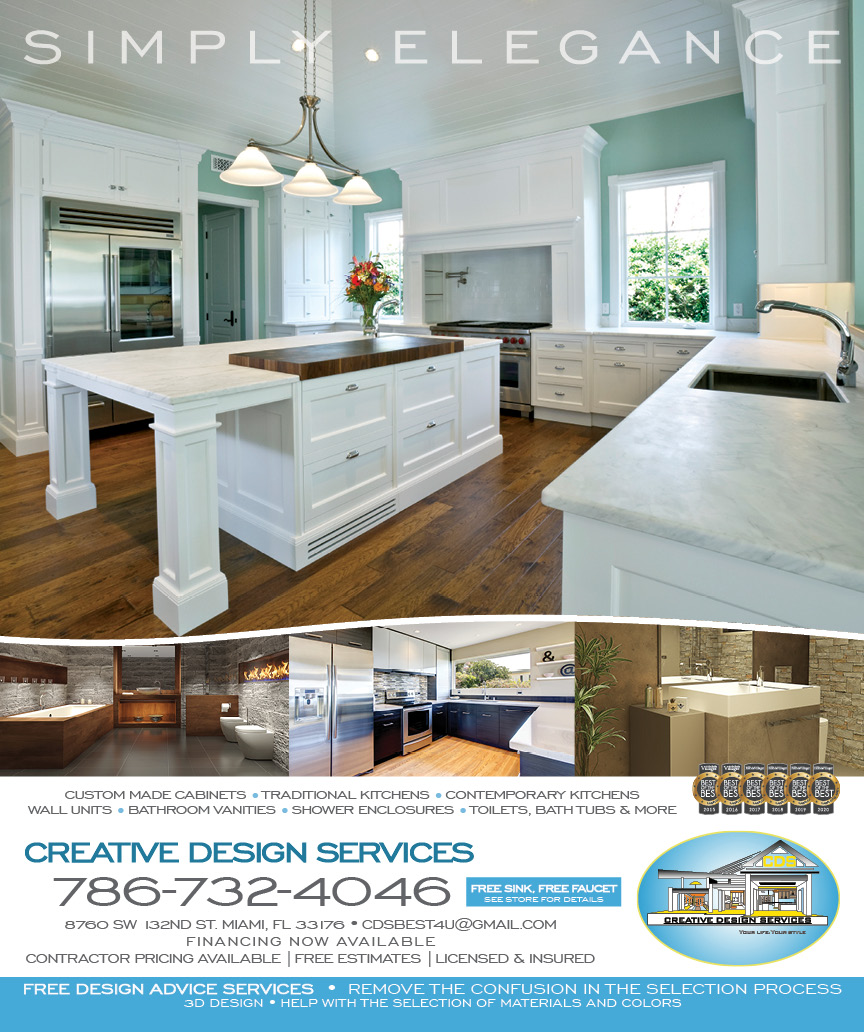For many with a backyard pool, or those planning on building one, the idea of a dedicated pool house can be incredibly appealing. A separate structure can elevate your outdoor living experience, providing convenience and valuable extra space. However, before you commit to this major project, it’s essential to pause and consider whether this dream truly aligns with your practical needs, budget, and property.
Define Its Purpose
First, ask yourself what you intend to use the pool house for. These structures aren’t one-size-fits-all, and your design and cost will hinge entirely on how you envision using it. Some of the most popular uses for a pool house are:
Practicality and Convenience: A practical space, offering a quick-change area, a dedicated bathroom, and a shower for swimmers, keeping wet feet and chlorine smells out of your main home.
Entertainment Area: An outdoor living room or a lively entertainment center. It can include a kitchenette for snacks and drinks, a bar area, or a comfortable lounge space for guests to relax in the shade.
Utility and Storage: A secure place to store pool equipment, chemicals, floats, and towels, keeping your pool deck clear and organized.
Guest House: A private, self-contained guesthouse for frequent hosts, offering visitors their own comfortable amenities and improving their stay.
A clear vision will determine all subsequent decisions, so be honest about your lifestyle and how the pool house will integrate into your routines to avoid overbuilding or underutilizing the space.
Assess Your Budget
The cost of building a pool house varies from a simple structure under $10,000 to an elaborate guesthouse reaching the six figures. It’s crucial to look beyond just the initial construction estimate. Factor in elements like electrical work, plumbing, necessary permits, and ongoing maintenance. While a thoughtfully designed and well-built pool house can increase your property’s resale value, its ability to do so is reliant on quality execution and thoughtful integration with your home.
Integrate Design and Aesthetics
The pool house’s design and aesthetic integration are key. Consider how the pool house will look from every vantage point. It should enhance your outdoor space without competing with or obstructing the view of existing features. Collaborating with a skilled designer or architect can guarantee the result appears intentional and harmonious.
Also decide on the permanence and construction method. While a custom-built structure offers bespoke style, modular or prefabricated units can significantly shorten timelines and often come with lower upfront costs. These flexible options allow for quicker enjoyment and potential future adaptability.
Understand Regulations and Space Constraints
Check with your local municipality or HOA. Zoning laws, property lines, and building codes can all impact what kind of pool house you can build and where. You’ll also need to think about how much of your yard you’re willing to give up and if a pool house would make the space feel cramped or homier.
Consider the Construction Process
If you do decide to build, be prepared for some disruption. Like any home project, there will be debris—old patio slabs, packaging, construction materials, and more. Renting a dumpster can be an efficient way to manage waste during the build. This keeps your yard clean while helping contractors stay focused on the job instead of making trips to the dump.
Conclusion
A pool house can be a fantastic upgrade that enhances your outdoor living experience. These projects require thoughtful planning, so consider your lifestyle, budget, and available space before making the leap. If it checks the right boxes, it might just become the highlight of your summer.

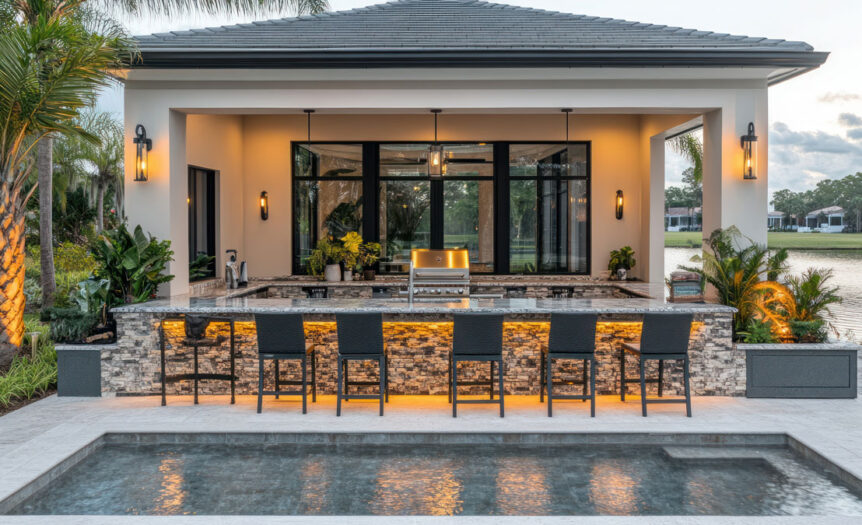








 Deering Estate
Deering Estate
 Massage Envy South Miami
Massage Envy South Miami
 Calla Blow Dry
Calla Blow Dry
 My Derma Clinic
My Derma Clinic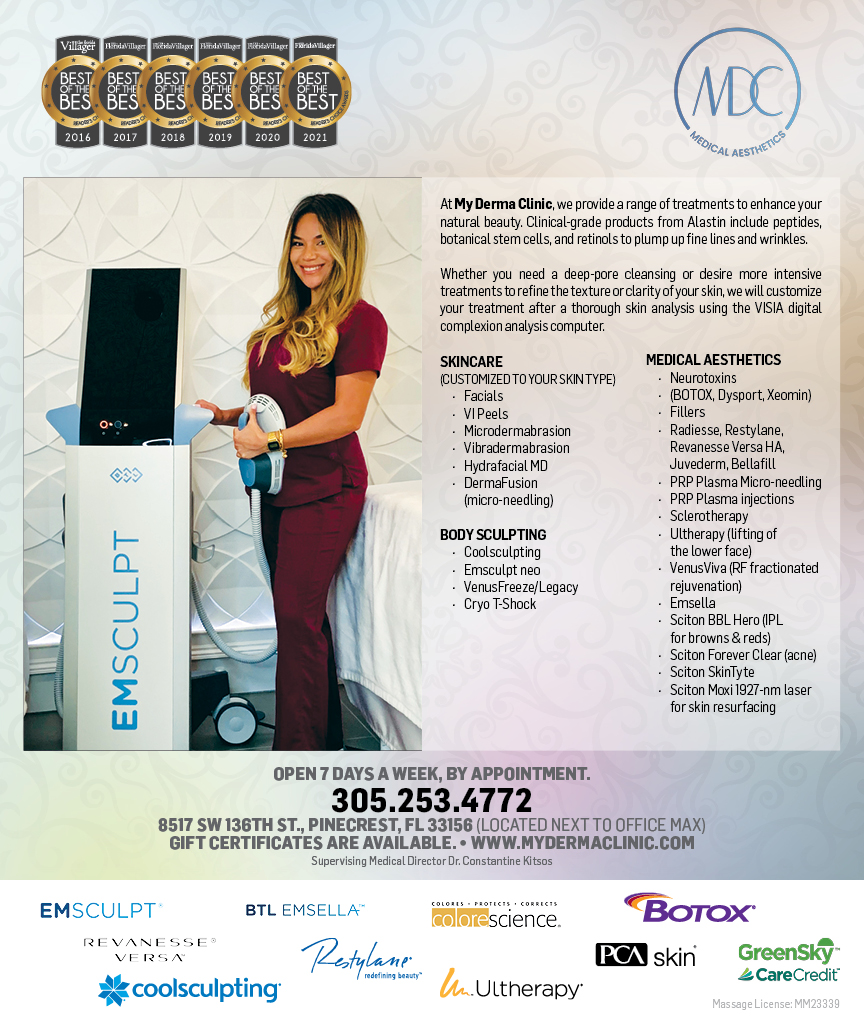
 Sushi Maki
Sushi Maki
 Sports Grill
Sports Grill
 The Healthy Kitchen
The Healthy Kitchen
 Golden Rule Seafood
Golden Rule Seafood
 Malanga Cuban Café
Malanga Cuban Café

 Kathleen Ballard
Kathleen Ballard
 Panter, Panter & Sampedro
Panter, Panter & Sampedro
 Vintage Liquors
Vintage Liquors
 The Dog from Ipanema
The Dog from Ipanema
 Rubinstein Family Chiropractic
Rubinstein Family Chiropractic
 Your Pet’s Best
Your Pet’s Best
 Indigo Republic
Indigo Republic




 ATR Luxury Homes
ATR Luxury Homes


 2112 Design Studio
2112 Design Studio
 Hamilton Fox & Company
Hamilton Fox & Company
 Creative Design Services
Creative Design Services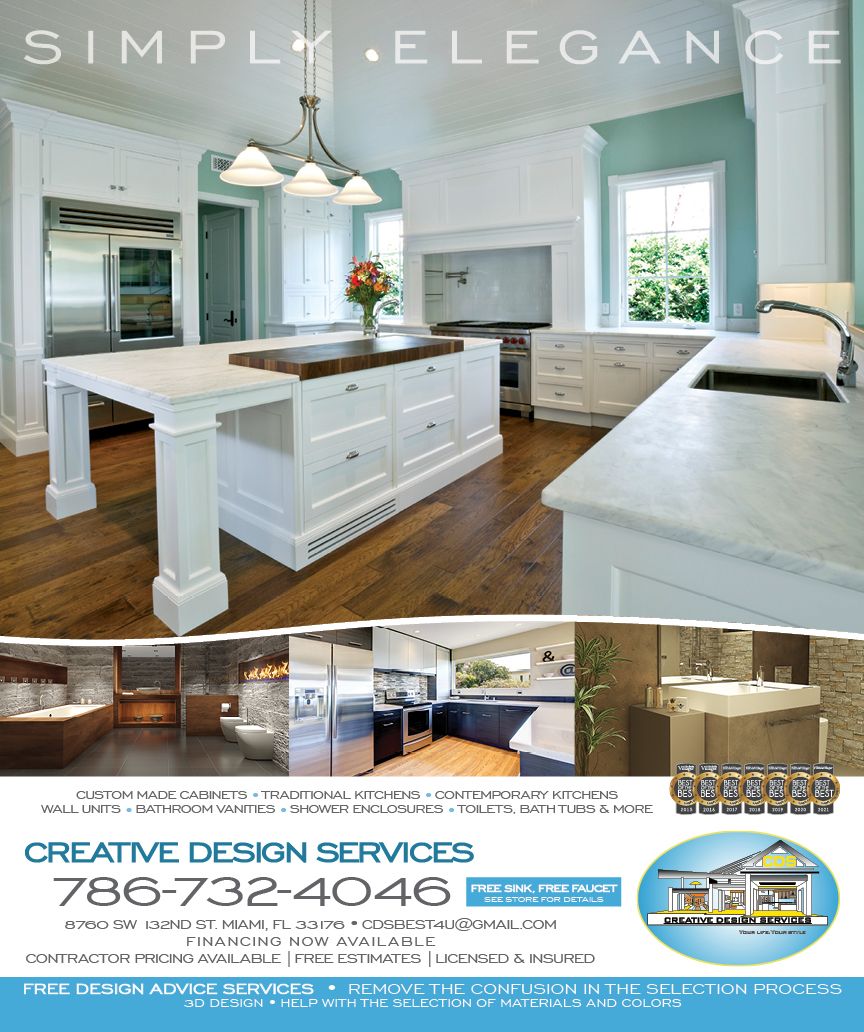
 Best Pest Professionals
Best Pest Professionals
 HD Tree Services
HD Tree Services
 Trinity Air Conditioning Company
Trinity Air Conditioning Company
 Cisca Construction & Development
Cisca Construction & Development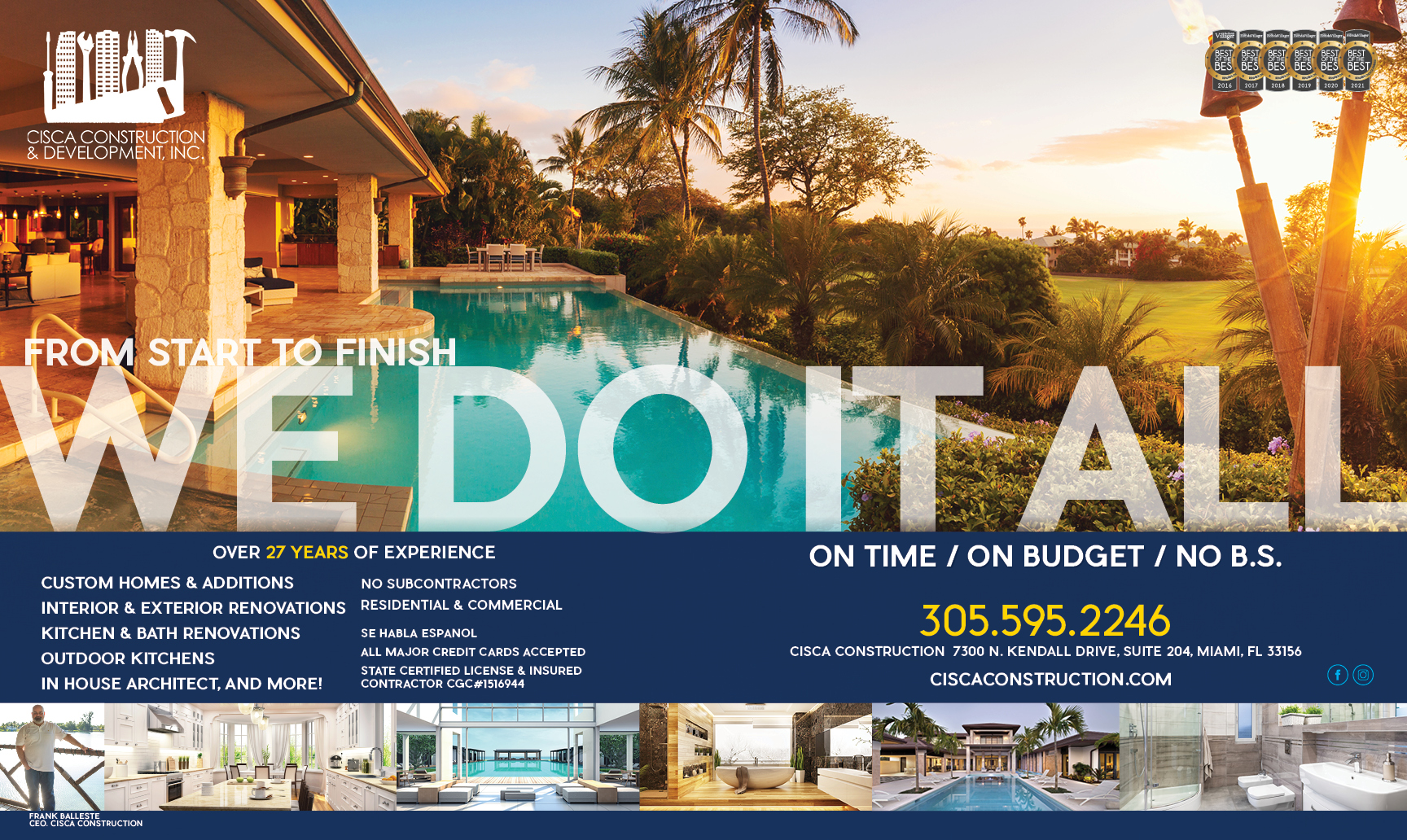
 Mosquito Joe
Mosquito Joe
 Cutler Bay Solar Solutions
Cutler Bay Solar Solutions


 Miami Royal Ballet & Dance
Miami Royal Ballet & Dance
 Christopher Columbus
Christopher Columbus
 Pineview Preschools
Pineview Preschools
 Westminster
Westminster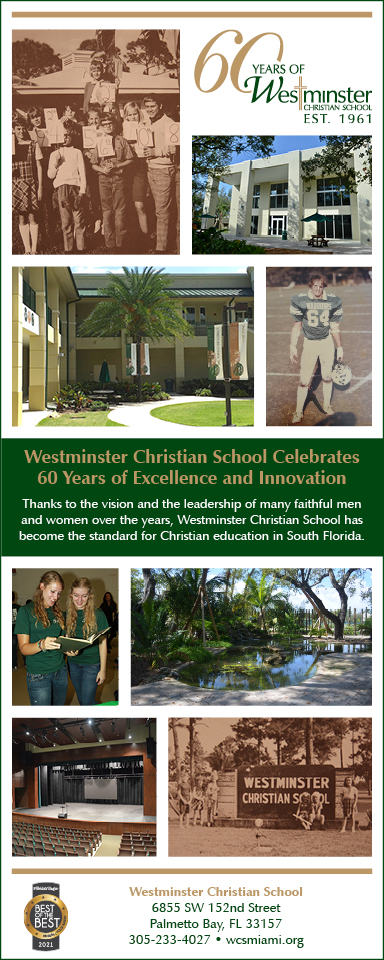
 Carrollton
Carrollton
 Lil’ Jungle
Lil’ Jungle
 Frost Science Museum
Frost Science Museum
 Palmer Trinity School
Palmer Trinity School
 South Florida Music
South Florida Music
 Pinecrest Orthodontics
Pinecrest Orthodontics
 Dr. Bob Pediatric Dentist
Dr. Bob Pediatric Dentist
 d.pediatrics
d.pediatrics
 South Miami Women’s Health
South Miami Women’s Health

 The Spot Barbershop
The Spot Barbershop
 My Derma Clinic
My Derma Clinic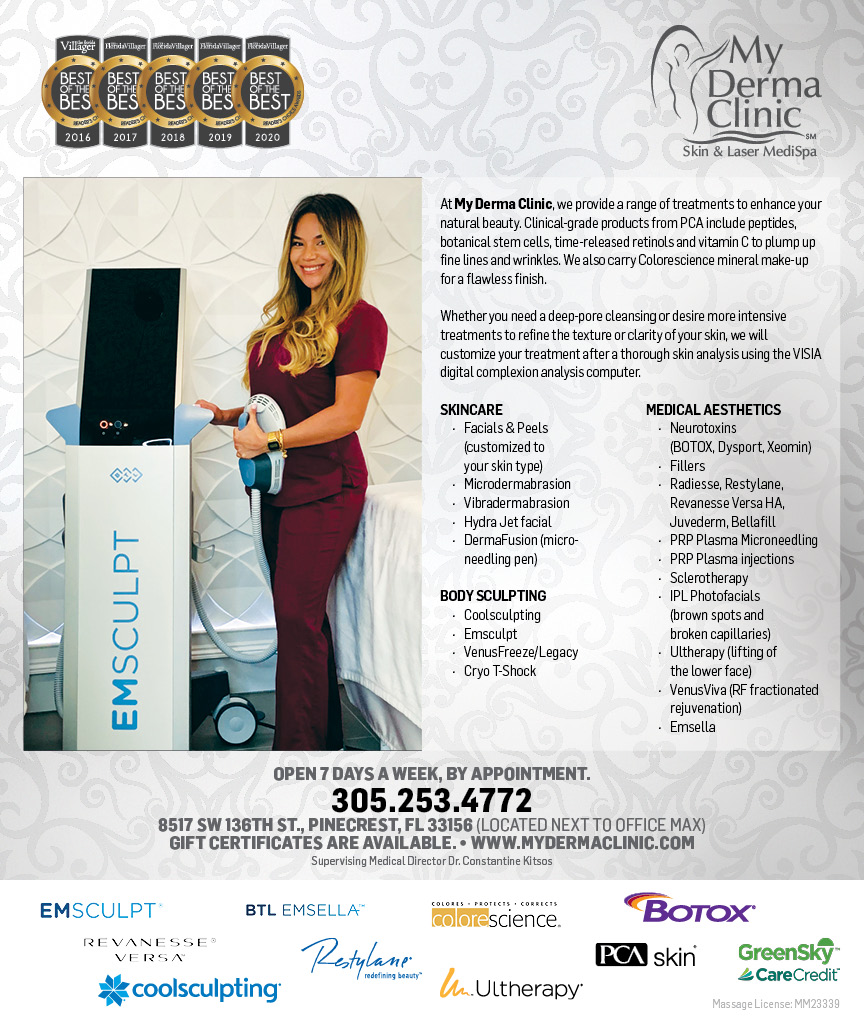




 Miami Dance Project
Miami Dance Project

 Rubinstein Family Chiropractic
Rubinstein Family Chiropractic
 Indigo Republic
Indigo Republic

 Safes Universe
Safes Universe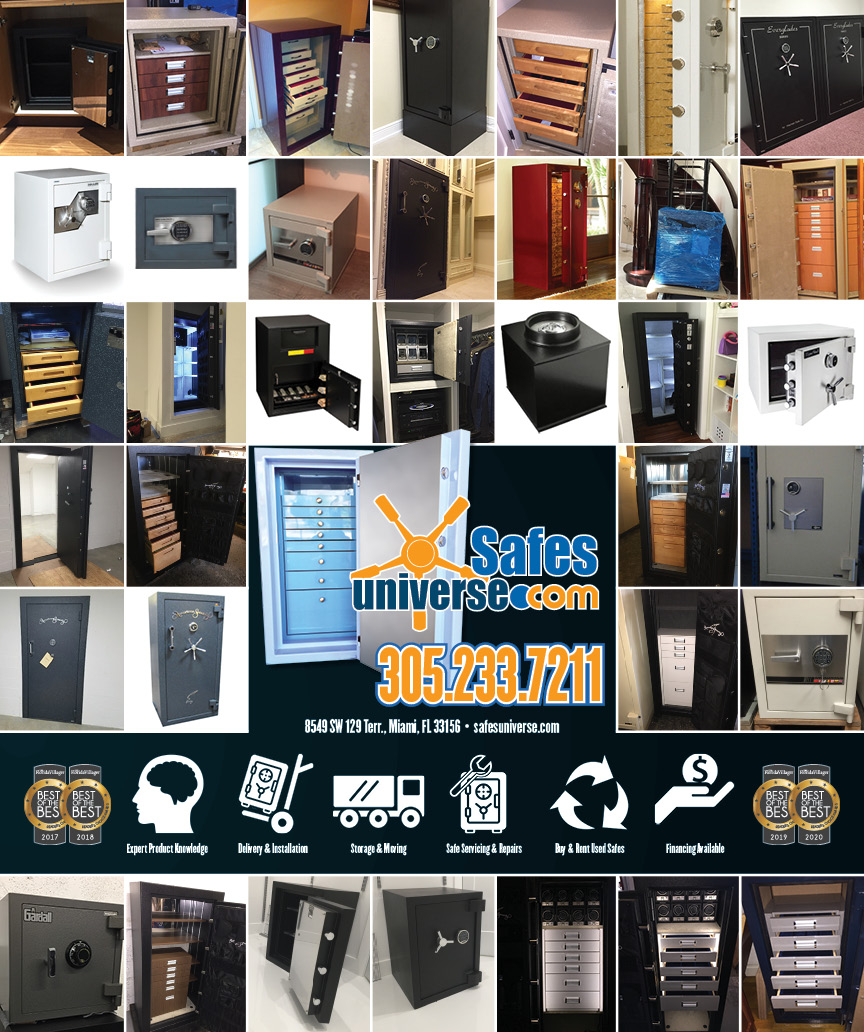
 Vintage Liquors
Vintage Liquors
 Evenings Delight
Evenings Delight





 Atchana’s Homegrown Thai
Atchana’s Homegrown Thai
 Baptist Health South Florida
Baptist Health South Florida

 Laser Eye Center of Miami
Laser Eye Center of Miami
 Visiting Angels
Visiting Angels
 OpusCare of South Florida
OpusCare of South Florida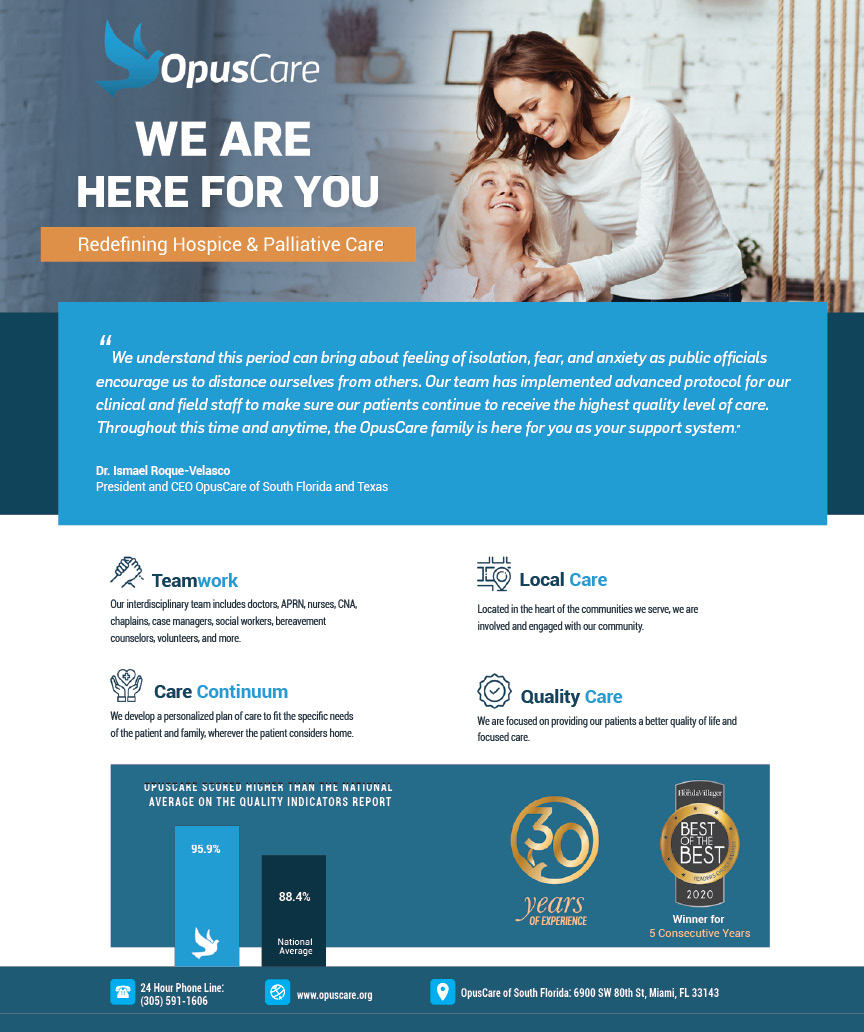

 Your Pet’s Best
Your Pet’s Best




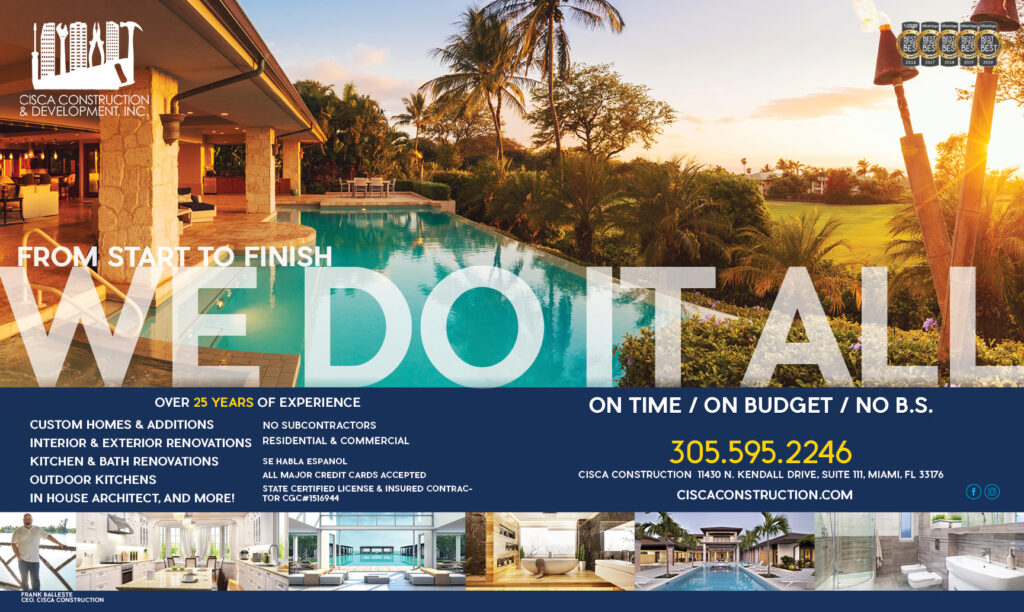
 HD Tree Services
HD Tree Services
 Hamilton Fox & Company
Hamilton Fox & Company


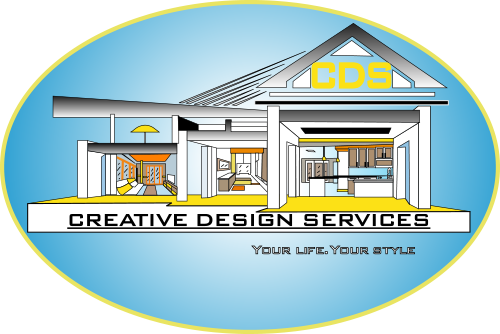 Creative Design Services
Creative Design Services